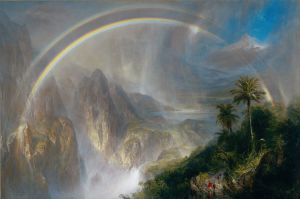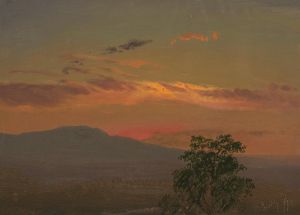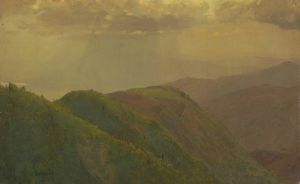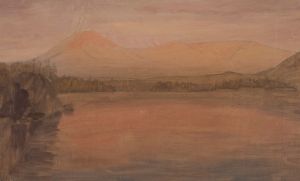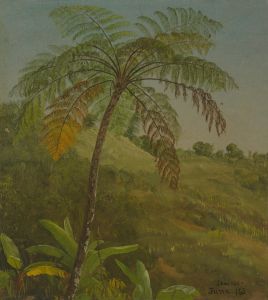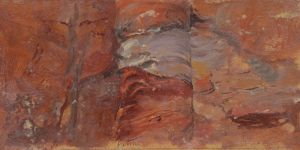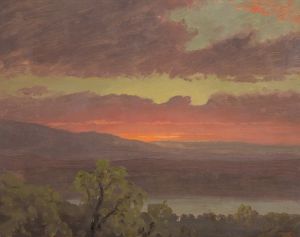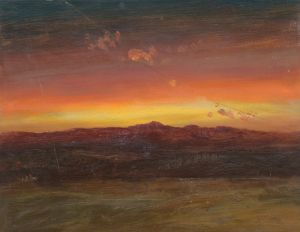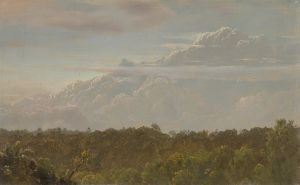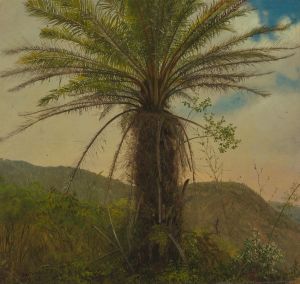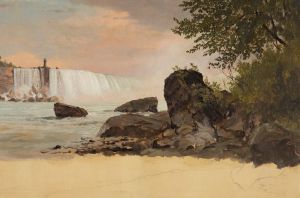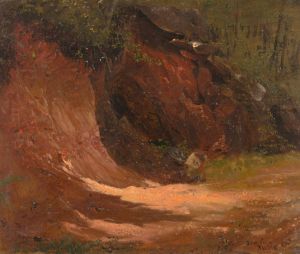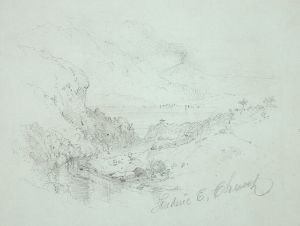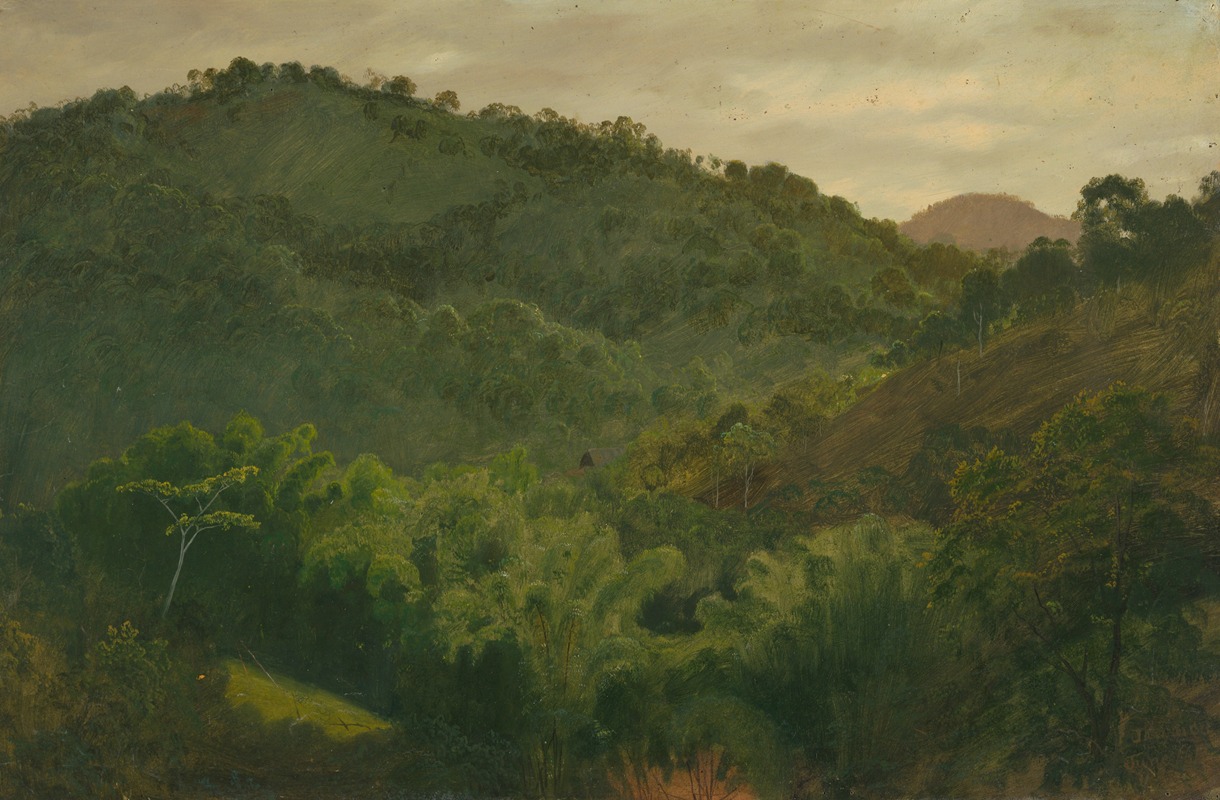
Landscape from Jamaica, West Indies
A hand-painted replica of Frederic Edwin Church’s masterpiece Landscape from Jamaica, West Indies, meticulously crafted by professional artists to capture the true essence of the original. Each piece is created with museum-quality canvas and rare mineral pigments, carefully painted by experienced artists with delicate brushstrokes and rich, layered colors to perfectly recreate the texture of the original artwork. Unlike machine-printed reproductions, this hand-painted version brings the painting to life, infused with the artist’s emotions and skill in every stroke. Whether for personal collection or home decoration, it instantly elevates the artistic atmosphere of any space.
"Landscape from Jamaica, West Indies" is a painting by the renowned American landscape artist Frederic Edwin Church. Church, a central figure in the Hudson River School of American landscape painting, is celebrated for his detailed and dramatic depictions of natural scenes. This particular work, created in 1865, showcases Church's fascination with the exotic and the sublime, themes that were prevalent in his oeuvre.
Frederic Edwin Church was born in 1826 in Hartford, Connecticut, and was a student of Thomas Cole, the founder of the Hudson River School. Church's works are characterized by their meticulous attention to detail and their ability to capture the grandeur of nature. He traveled extensively in search of inspiration, visiting South America, Europe, the Middle East, and the Caribbean. His travels to Jamaica in 1865 were part of this broader quest to explore and document the diverse landscapes of the world.
"Landscape from Jamaica, West Indies" reflects Church's interest in the lush and vibrant scenery of the Caribbean. The painting is noted for its vivid portrayal of the tropical environment, capturing the rich vegetation and the dramatic interplay of light and shadow. Church's use of color and light in this work exemplifies his skill in conveying the atmosphere and mood of the landscape.
The painting is a testament to Church's ability to blend scientific observation with artistic expression. He was known for his practice of making detailed sketches and studies of the landscapes he visited, which he later used as references for his larger studio works. This method allowed him to create paintings that were both accurate in their depiction of natural forms and evocative in their presentation.
"Landscape from Jamaica, West Indies" is part of a series of works that Church produced following his trip to Jamaica. These paintings were well-received by the public and critics alike, who praised Church for his ability to transport viewers to distant and exotic locales through his art. The painting not only highlights the beauty of the Jamaican landscape but also reflects the 19th-century American fascination with exploration and the natural world.
Church's work during this period was influenced by the broader cultural and scientific interests of the time, including the study of botany and geology. His paintings often included detailed representations of plant life and geological formations, demonstrating his commitment to accuracy and his appreciation for the complexity of the natural world.
Today, "Landscape from Jamaica, West Indies" is recognized as an important example of Church's work and the Hudson River School's contribution to American art. The painting continues to be celebrated for its artistic merit and its ability to capture the essence of a specific place and time. Church's legacy as a landscape painter endures, and his works remain influential in the field of American art history.





